These are just a few of the thousands of new technologies developed at Georgia Tech that are available for commercial use. To see others, search our database of available technologies or sign up to be alerted when new technologies become available.
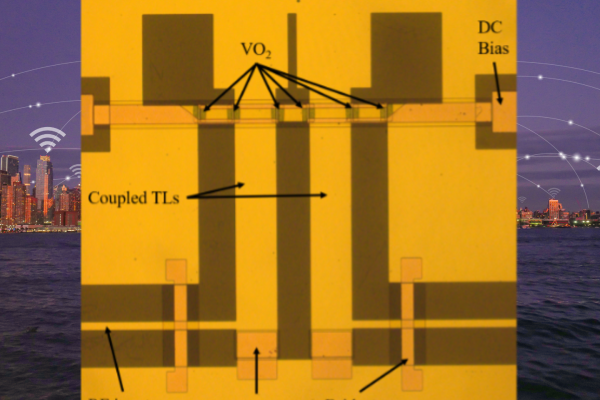
- VO2-based combline electromagnetic filter dynamically modulates millimeter wave 5G/6G passband frequencies above 30 GHz using phase-change properties to adjust transmission line lengths with heat.
- Compact on-chip technology streamlines control, accommodates complex shapes and multiple bands, and minimizes insertion loss, addressing spatial, acoustic wave filtering, and efficiency challenges in mmWave arrays.
- Designed for 5G and 6G networks, it enables flexible band switching above 30 GHz, addressing key technical challenges and supporting high-performance telecommunications demands.
Learn more aboutTech #9470
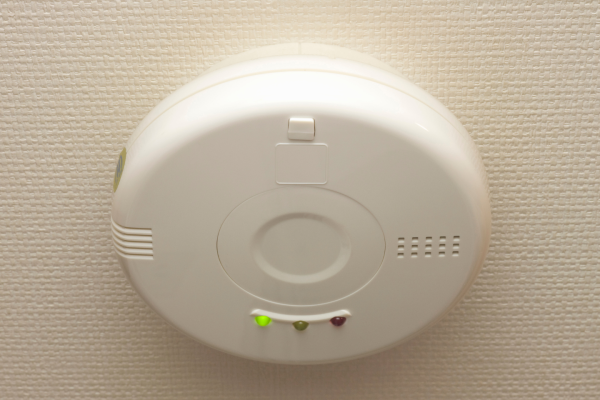
- The invention is a new type of chemoresistor capable of sensing volatile organic compounds (VOCs).
- The chemoresistor is comprised of a conductive nanoparticle surrounded by a polymer matrix which allows for the chemoresistor’s
resistance, sensitivity, and target VOC to be adjusted. - The nanocomposite can be placed on electrodes through drop casting, dip coating, and painting, which provides a cheap, simple and sensitive sensor ideal for fieldwork.
Learn more aboutTech #8695
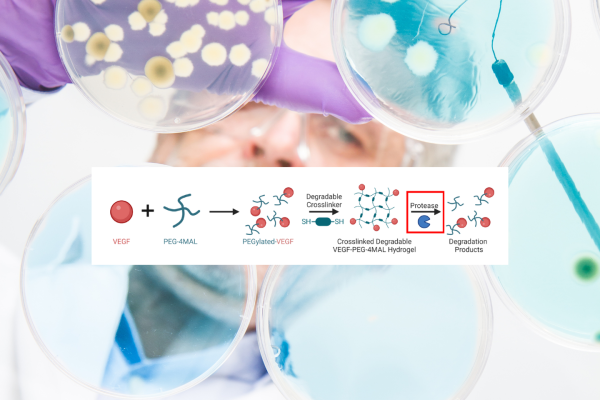
- This hydrolytically degradable poly(ethylene glycol) (PEG) hydrogel leverages ester linkages combined at various ratios with non-degradable macromers to enable tunable degradation kinetics.
- Potential applications include controlled release and delivery of drugs or proteins as well as cell encapsulation. It can also be used as a delivery vehicle and adhesive for cells in transplantation settings.
- These innovative hydrogels allow for rapid hydrolytic cleavage in vivo but remain stable in vitro for weeks at neural pH 7 to support regenerative medicine techniques.
Learn more aboutTech #9019
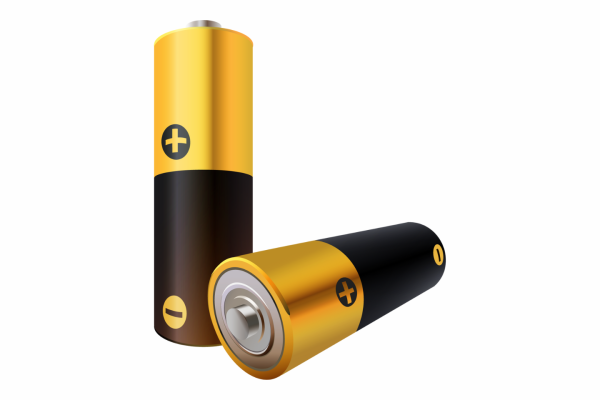
- The invention is a new composite electrode material designed for use in supercapacitors.
- The innovation is composed of a hybrid composite material with a thin coating of alumina and titania which allows energy storage systems to have increased energy density, power density, and cycle life.
- The new composite hybrid electrode is fit for use in renewable energy systems, consumer electronics, aerospace and defense, and can provide a more efficient solution.
Learn more aboutTech #9247
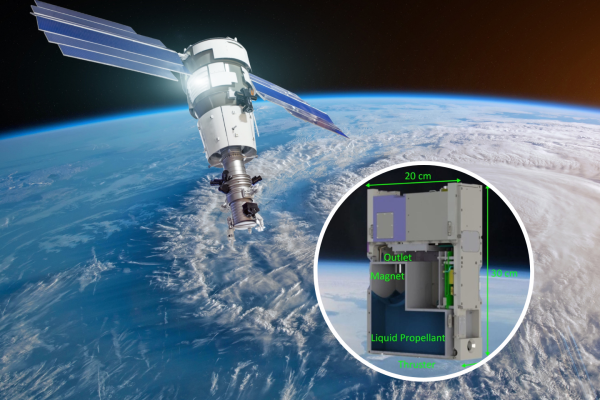
- The technology provides a way to reliably and efficiently control saturated, or boiling, propellants compared to existing technology.
- The technology can easily be scaled up and applied to different liquids and architectures.
- Significantly enhances the reliability and efficiency of current positioning methods.
Learn more aboutTech #9165

- The invention is a new, do-it-yourself mobilization solution that users of any skill level can rely on to mobilize their spot tasks.
- Taskr uses remote computing to achieve code-less mobilization, which allows for flexible movable delivery, where users can execute their spot tasks through platforms like Twitter or Email.
- The new innovation empowers users to drive mobilization efforts themselves by limiting coding skills needed for development of mobile apps and mobilizes spot tasks to execute them through various mobile modalities such as app, Twitter DM, text, email etc.
Learn more aboutTech #7781

- The invention is a new, collaborative, and adaptive robot-based approach to complete drilling and fastening tasks autonomously in an adaptable, unstructured environments using an expert demonstrator and human operator.
- The human trains the robot to autonomously complete tasks by defining its environment and demonstrating how to locate, classify, and insert fasteners into a fuselage using a camera and 3D sensor that surveys the area.
- While the system starts with no information, it can use online and offline learning techniques to develop a data bank of information to utilize throughout the insertion process.
Learn more aboutTech #8805

- Scaled-down feedback-controlled hollow fiber-based bioreactor enables identifying the critical quality attributes and critical process parameters for high-quantity and high-quality hCT-MSCs for ideal cell growth and efficacy
- Provides the controls to maintain optimum conditions and improve expansion yield and cell viability
- System can be adapted and applied to industrial cell therapy manufacturing and can enable high-yield and high-quality products while minimizing variabilities
Learn more aboutTech #8887

- Greater therapeutic effectiveness is due to the synergistic work of multiple therapeutic agents (hydrophobic/hydrophilic charged) that can be delivered via this dual-loaded biomaterial.
- The risk of immunotoxicity to a vaccine is reduced because an adjuvant, which can induce the body’s anti-inflammatory immune response, may be loaded and simultaneously delivered with the vaccine.
- The novel nanocarrier has broad market application since it can deliver vaccines, gene therapy, small molecule drugs, and even contrast agents.
Learn more aboutTech #8988
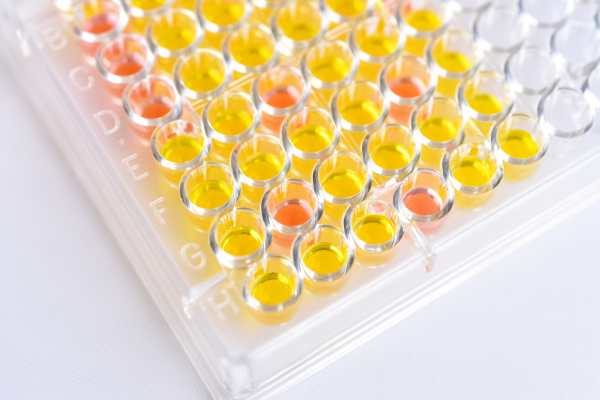
- Portable: This technology demonstrates the potential to develop point-of-care screening and monitoring, which is essential to expanding access to care worldwide, including to low- and middle-income countries.
- Inexpensive: CFE-based biosensors can cost as little as a few cents per test and could provide a low-cost alternative to current renal function monitoring and diagnosis, which currently involves laboratory visits, trained phlebotomists, skilled technicians, and expensive, specialized equipment.
- Cell-free: The use of a cell-free expression system could enable easier-to-read quantitative output that is less susceptible to matrix effects.
Learn more aboutTech #8776
